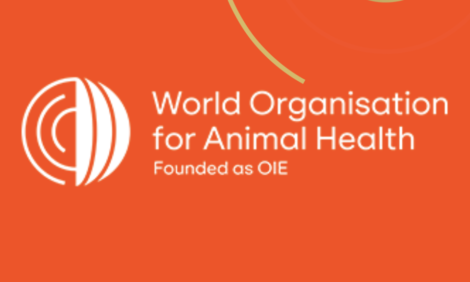



Wild Birds in Austria Found to Have Avian Malaria
AUSTRIA - A new study in Vienna reveals that native birds are susceptible to avian malaria. None of the Plasmodium species detected in that work is among those known to be particularly pathogenic to poultry.Avian malaria is not uncommon in Central Europe, as many endemic wild birds are infected with species of Plasmodium, which cause avian malaria, according to the veterinary medicine university in Vienna (Veterinärmedizinische Universität Wien; Vetmeduni Vienna).
In most cases these blood parasites, transmitted by mosquitoes, do not produce any symptoms in endemic birds, as they have adapted to the parasites. A team of pathologists at the Vetmeduni Vienna recently showed for the first time that native birds, too, are susceptible to avian malaria. The data collected was published in a paper by Nora Dinhopl, Nora Nedorost, Meike M. Mostegl, Christiane Weissenbacher-Lang and Herbert Weissenböck in the journal, Parasitology Research.
The researchers analysed more than 600 deceased birds that had died previously of another cause and tested them for avian malaria.
Until then, only birds kept at Austrian zoos and originating from countries without mosquitoes had been known to be affected by avian malaria.
These types of birds at the zoo typically live in Antarctica and the far north, so they have not had the evolutionary opportunity to adapt to avian malaria.
The Vienna study showed avian malaria in 15 per cent of the examined birds.
Three different Plasmodium species identified – P. elongatum, P. vaughani and a type related to the South American P. lutzi.
Surprisingly for the researchers, a fourth subspecies quite frequent in Central Europe, P. relictum, was not present in the dead animals.
According to the Merck Manual, Plasmodium spp. infect a wide variety of domestic and wild birds in most areas of the world. Infection is often not species-specific. Thirty-five species of Plasmodium are considered valid species. P. gallinaceum, P. juxtanucleare and P. durae are the most pathogenic species found in poultry. P. gallinaceum infects chickens in Asia and Africa and causes low mortality in indigenous chickens; however, rates may be as high as 80 to 90 per cent in commercial birds.
Top image: Developmental stages of Plasmodium in a blood vessel of the brain, which have led to an almost complete vessel occlusion. (Photo: Herbert Weissenböck / Vetmeduni Vienna)









